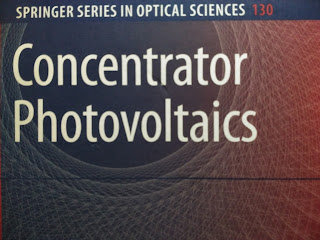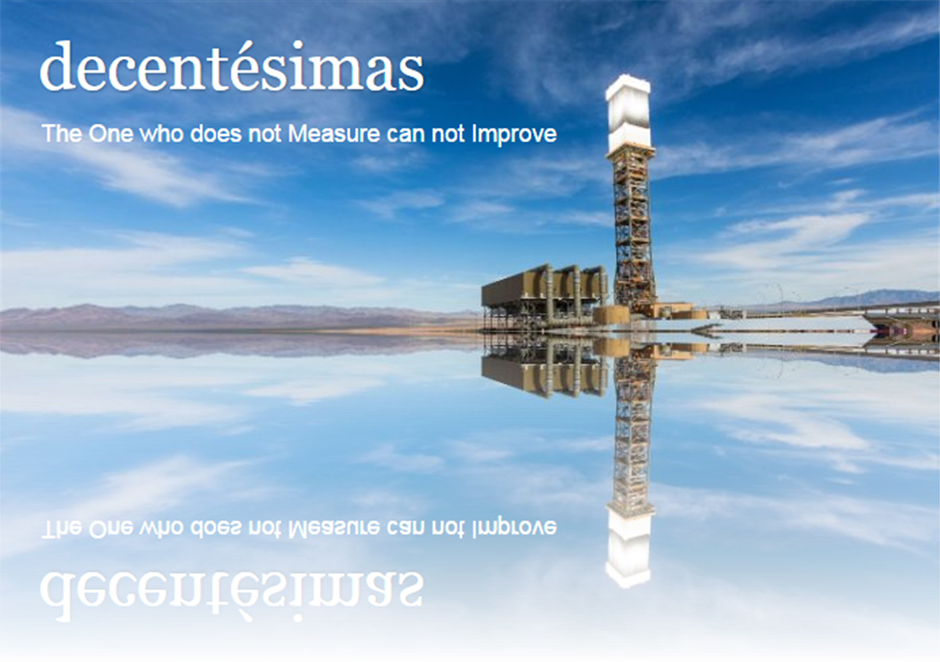To connect
a PV array to the electricity net involves visual observations as well as tests
and measurements to verify the safe and proper operation of the system.
Commissioning
is performed immediately after PV installations are completed, prior to being
operated and put into service for the first time and is a big responsibility.
A thorough
commissioning process helps improve safety and quality control, provides
verification the installation matches the plans and code requirements, and is
performing as expected.
Some of the
tests conducted during commissioning may be repeated during periodic routine
maintenance to help ensure that the system remains in a satisfactory operating
condition over its 25 years lifetime.
Key steps
of a PV system commissioning procedure typically include:
■ Completing final installation details.
■ Completing visual inspections.
■ Verifying compliance with NEC requirements.
■ Conducting electrical
verification tests.
■ Vo/c, Is/c, insulation resistance, polarity.
■ Verifying system functionality including start-up, operations, shut-down
and emergency procedures.
■ Verifying system power output and energy production meet performance
expectations.
■ Completing system documentation, including changes for as-built
drawings.
■ Conducting user orientation and training on system operations and
safety.
1 Final
Installation Checkout
A final
checkout confirms that the installation is complete before conducting any
testing and beginning operations.
Typically,
the installation contractor will perform the final checkout, prior to formal
inspections by building officials.
With the
exception of the PV array, all circuits should be de-energized wherever
possible in preparation for system testing.
A punch
list can be used to help check off items as they are completed, and typically
includes the following items:
■ Verifying that all structural and electrical components are properly
installed and secured.
■ Verifying that
all components are installed in a neat and workmanlike manner, including wire
management practices.
■ Verifying proper connections and terminations, including terminal torque
specs.
■ Verifying that all required system and equipment labels, marking and placards are correct and in
the proper locations.
■ Verify that any calibrations or adjustments for inverters, charge
controllers or other equipment are properly set or programmed.
■ Verifying that all disconnects are open, fuses are removed and lockout/tagout procedures are in
place.
■ Identifying and completing any unresolved items.
■ Completing site clean-up and restoring site to original conditions.
2 Visual
Inspection
Visual inspections
of PV systems should be performed as part of commissioning and carried out
routinely over the system lifetime to verify and ensure that the system remains
in a safe and properly functioning condition.
There are
many areas to evaluate with visual inspections, with the frequency and level of
detail depending on the type and size of the system involved.
Visual
inspections are supplemented with other observations, test measurements and
performance data to fully evaluate the safety and condition of PV systems.
Initial
inspections are primarily used to identify unfinished installation details and
verify compliance with the applicable code requirements.
Visual
inspections conducted after installation during periodic routine maintenance
tend to look for physical damage or degradation of equipment from extreme
temperatures, moisture or other environmental conditions.
Prior to
initial operation, all PV systems should be inspected for full compliance with
the many NEC requirements.
Checklists
are often used to review and verify these requirements at the time of
inspection, for examination and approval by local authorities.
Among the
key NEC requirements covered in Article 110 Requirements for Electrical
Installations include:
■ All equipment shall be properly listed, identified and labeled, suitable for the conditions of
use, and be installed according to the listed product instructions [110.3].
■ All equipment shall be installed in a neat and workmanlike manner,
consistent with quality craftsmanship standards in the electrical construction industry [110.12].
■ All equipment shall be mechanically secured and provided with adequate
ventilation or cooling as required [110.13].
■ All electrical terminations and connections shall be made using approved
products and
installation methods [110.14].
This
includes consideration of conductor and terminal materials, temperature
ratings, and use of specially approved terminals for use with fine stranded
conductors or more than a single conductor.
Pressure
connectors using a set screw have required tightening torques, and these values
should be recorded and verified at commissioning.
■ All electrical equipment shall be marked with the manufacturer’s
identification and applicable specifications and ratings [110.21].
■ Sufficient working spaces shall be provided about any electrical
equipment that is likely to be serviced or maintained while energized [110.26].
Clear
spaces and dedicated spaces are also required about certain electrical
equipment, such as panel boards or switchgear.
NEC
requirements covered in Article 690: Solar Photovoltaic Systems should also be
evaluated and verified during visual inspections.
These
requirements address the following areas:
■ Calculating circuit voltages and currents
■ Determining conductor and over current device sizes and ratings
■ Locating disconnecting means
■ Wiring methods and connectors
■ Equipment and system grounding
■ Markings and labels
■ Connecting to other sources (also Art. 705)
■ Installing batteries and charge controllers
Some
sources for PV system inspection checklists and guidelines include:
Many
articles in the first four chapters of the NEC also apply to most PV
installations, including but not limited to:
■ Article 110 Requirements for Electrical Installations
■ Article 230 Services
■ Article 240 Overcurrent Protection
■ Article 250 Grounding and Bonding
■ Article 300 Wiring Methods
■ Article 310 Conductors for General Wiring
■ Article 314 Outlet, Device, Pull, and Junction Boxes
■ Article 338 Service-Entrance Cable: Types SE and USE
■ Article 344 Rigid Metal Conduit: Type RMC
■ Article 356 Liquidtight Flexible Nonmetallic Conduit: Type LFNC
■ Article 358 Electrical Metallic Tubing: Type EMT
■ Article 400 Flexible Cords and Cables
■ Article 408 Switchboards and Panelboards
■ Article 445 Generators
■ Article 450 Transformers
■ Article 480 Storage Batteries
■ Article 705 Interconnected Electric Power Production Sources
2.1 Labels
and Markings
Numerous
markings, labels and signs are required to identify PV systems and their
components, and to warn operators, service personnel or emergency responders of
hazardous conditions.
Manufacturer
markings and labels identify the size, type, specifications and ratings for PV
modules, inverters, controllers, combiner boxes, conductors, raceways,
overcurrent devices, switchgear and all other electrical components.
These
markings are placed on the product at the time of manufacture, and include
listing marks from the approval agency.
Building
officials may verify these markings during inspections, and rely on them for
their approvals [110.2, 110.3, 100.21].
Additional
markings and labels are required for the overall system and certain components
in PV systems, and are to be provided and placed by the installer.
These
include additional labels on dc-conductors and raceways [690.4, 690.31],
connectors [690.33], disconnecting means [690.14, 690.17], and at the point of
utility connection [690.54, 705.10, 705.12].
Labels and
markings are also required on PV modules [690.51], alternating-current modules
[690.52], the PV power source [690.53], ground fault protection equipment
[690.5] and battery storage systems [690.55].
Special
labeling is also required for bipolar arrays [690.7], ungrounded PV arrays
[690.35], facility with either stand-alone systems or multiple power sources
[690.56] and stand-alone inverters providing a single 120-volt supply [690.10].




